In the story “It’s Bad Luck to Die,” the surface level storyline appears to be about Lois describing the times she had with her late husband. While she believes this story is about her husband, Tiny, the story is instead an exploration of Lois’ personal growth both during her marriage with Tiny and after this death.
Prior to meeting Tiny, we see that Lois had grappled with insecurities related to her height. “Up until then,” she says, “I’d always thought it was only sensible to fall in love with tall men so that I wouldn’t look so much like a giantess.” (McCracken 7) This insecurity contrasts with the first impression the reader is given of Tiny, which displays him as a confident man, with a charming manner about him. Lois finds herself taken in by his charms, claiming he could even charm her mother. The contrast between these characters is important because not only does it represent how different people deal with insecurity, but it also is a key element of their relationship. Both Lois and Tiny find themselves outside of societal norms due to their appearance and as we see throughout the story, this similarity helps Lois grow as a character.
During the course of the story, we see both direct and indirect ways that Tiny helps Lois, but the one I would like to address here is the mirror scene. Because this story is being told in the future, it means Lois chooses to include it. The fact she recalled this out of all her memories of Tiny is telling of how important it was to her. The scene is special because it provides an example of a time when Tiny went out of his way to help her insecurity by making her face it every day and in new ways, although I feel Lois tells this story in a more positive way than how she viewed it originally.
After all, he was filling their home with one of her insecurities, so I would imagine that she would get upset over this. Her content in describing it after the fact means that growth did occur from this scene. There are of course other examples that show the character growth that occurs during her daily life with Tiny. A major one being the gradual decision to wear more revealing clothes. The choice to wear more revealing clothes in the shop is a way to show she is accepting of herself and her tattoos. This acceptance means she was content with her own choices and lifestyle even if they were outside of the norm.
Another way we see Lois’ growth is during her interactions with her mother. It is made clear early on in the story that her mother is disproving of her choices and this can serve as a representation of the old-fashion societal norms Lois does not live by. In the earliest interactions with her mother, Lois seems timid, hiding her tattoos. All this was in order to avoid feeling like she is a disappointment to her mother. However, the next time she is mentioned going to see her mother she stands up for herself.
“My mother poured me a cup of coffee and said “Sweet-hearts carve their names on trees, not on each other. Does it ever occur to you that you are not leading a normal life?” Yes, I said. “Thank you.” (McCracken 15-16)
At this moment we see Lois acknowledge she is never going to fit into the lifestyle her mother wants for her. This moment of confidence also parallels with her growing number of tattoos. Throughout the story we see her confidence grow alongside the increasing number of tattoos she has. I do not believe this is because of the tattoos themselves rather because they are a representation of the time she has spent with Tiny, thus the time she has had to grow.
Outside of the major themes of this story pertaining to growth, there is also an element related to death and grieving. When Tiny’s death seems imminent, Lois comes to the realization that she would “have to exist after he was gone.” (McCracken 21 ) This to Lois meant she would have to continue without the constant that had existed in her life for years. When Tiny dies we see Lois grieve, we see her struggle but then we see her thrive again. She could have easily gone along with her mother’s wishes but instead wears her tattoos openly as “widow weeds.” ( McCracken 22) This and the ending where she calls herself a “love letter “is a representation she is self-assured of herself and this is directly due to the time she spent with Tiny. This is one of the elements I liked best about this story because it shows that even after death how much others can influence us.
 father and Dr. Murphy. James, by definition, would be a pathological liar. He lies for no reason and understands this but is not able to stop himself from doing so. Even though this title would be the quick summary as a whole of James’ character, there is still the “something” that I could not place until I finished the entire story.
father and Dr. Murphy. James, by definition, would be a pathological liar. He lies for no reason and understands this but is not able to stop himself from doing so. Even though this title would be the quick summary as a whole of James’ character, there is still the “something” that I could not place until I finished the entire story.
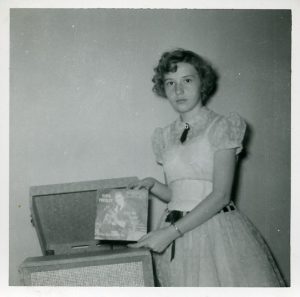
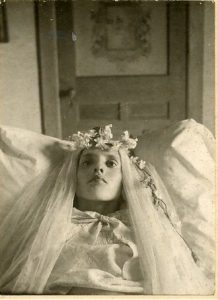
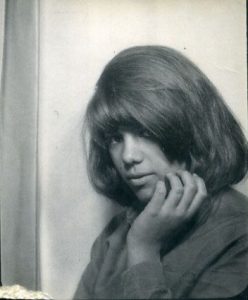

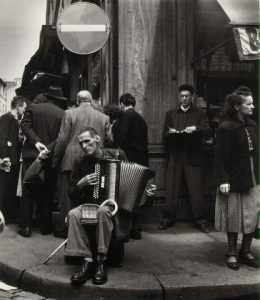
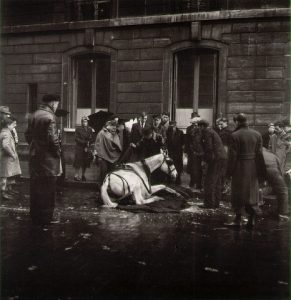

 e said with no fluff added. Word choice has one of the biggest impacts on a story. It is a guiding factor that is right up there with diction and tone.
e said with no fluff added. Word choice has one of the biggest impacts on a story. It is a guiding factor that is right up there with diction and tone. This is a story with several points of view. The narrators are a group of teenage girls, and Mariana Enriquez captures their different voices through seamless transitions of pronouns and nouns. In the beginning, we have “Silvia lived alone in a rented apartment of her own…” (1), and we assume that the story is in third person. The fourth line, however, describes Silvia as “…our ‘grownup’ friend, the one who took care of us when we went out and let us use her place to smoke weed and meet up with boys” (1). At the end of the first paragraph we read, “I’m talking low-class—that girl couldn’t dream of walking a runway” (2). The entire opening of the story is a cacophony of voices, so cleverly blended together and well-written that it’s easy to imagine the teenage girls talking over one another, or perhaps taking turns, to tell this story. This writing choice by Enriquez sets an interesting tone throughout the story and makes us wonder what is so important that all of them must speak?
This is a story with several points of view. The narrators are a group of teenage girls, and Mariana Enriquez captures their different voices through seamless transitions of pronouns and nouns. In the beginning, we have “Silvia lived alone in a rented apartment of her own…” (1), and we assume that the story is in third person. The fourth line, however, describes Silvia as “…our ‘grownup’ friend, the one who took care of us when we went out and let us use her place to smoke weed and meet up with boys” (1). At the end of the first paragraph we read, “I’m talking low-class—that girl couldn’t dream of walking a runway” (2). The entire opening of the story is a cacophony of voices, so cleverly blended together and well-written that it’s easy to imagine the teenage girls talking over one another, or perhaps taking turns, to tell this story. This writing choice by Enriquez sets an interesting tone throughout the story and makes us wonder what is so important that all of them must speak?